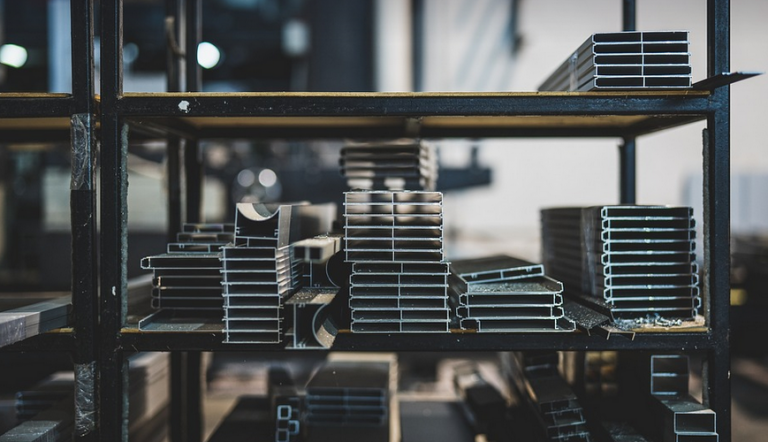
Why Tankless is Awesome, But Can Be a Bit Tricky in Cold Weather
Tankless water heaters are the modern marvel of heating solutions – they provide endless hot water on demand without needing a bulky tank to store it. This energy efficiency and convenience can make them a dream come true for many homeowners. However, when temperatures drop below freezing during winter, these same benefits can turn into frustration. Their ability to heat water only as needed means they’re less equipped than traditional tank-type heaters for managing cold spells.
The risk of freezing isn’t about the lack of storage; it’s more about how the water itself gets used. Tankless water heaters rely on energy to create hot water, but that energy exchange happens through circulating water in pipes.
As temperatures plummet, this circulating water can naturally cool down, especially if there’s a drop in outside temperature or simply when the main flow of water is stopped for long periods.
While tankless heaters are generally less prone to freezing than traditional ones because they don’t have the same large storage capacity for cold water, it’s still important to be aware of potential issues and take proactive steps to protect them.
How Cold Weather Affects Your Tankless Heater
Imagine a tiny engine that runs on fuel. That’s kind of how your tankless heater works: It heats water as needed. But when temperatures plummet to freezing or below, the risk of freezing becomes more real in several ways. The first is the challenge with water flow.
These heaters rely on a continuous flow through the system for efficient heating and energy use. When cold weather sets in and outside temps drop dangerously low, the flow can slow down. This slowdown can lead to water sitting stagnant within the water heater, especially if it’s not actively being used – leaving a window of opportunity for freezing.
The second issue is that tankless heaters don’t have the same insulation as traditional tanks. So when they are exposed to cold weather, there’s a greater chance of heat escaping and therefore, your water heater will freeze even faster.
The Best Defense Against Freezing: Proactive Steps
Don’t worry, you don’t need to become an engineering expert before the winter arrives. Here are some easy steps you can take to keep your tankless heater safe and happy, even in the middle of a frozen wonderland.
First things first: Let’s talk about insulation! It’s like a cozy blanket for your water heater, especially against the cold exterior temperatures. Consider adding an external insulation cover. This kind of cover is specifically designed to wrap around your tankless heater and create a barrier against winter chill.
Second, check those vents: It’s crucial to keep the flow going by ensuring that any vents or exhaust openings are clear and unhindered. Ensure there isn’t any blockage preventing proper air circulation; otherwise, cold air can find its way in, even if it seems like a small gap.
Another important step is to test your water heater regularly. This might sound counterintuitive, but it’s essential for identifying and addressing potential issues before they escalate into bigger problems. Use a remote temperature monitor or sensor app that sends you instant alerts in case of any anomalies.
Don’t underestimate the power of winterizing! If your home is set up for a longer winter season, consider investing in a water heater cover designed specifically for your tankless model. This is especially important if your heater’s location is prone to extreme temperature fluctuations.
Finally, make sure you have a reliable way to prevent frozen pipes. Consider installing a water-testing kit and check the pressure gauge periodically to ensure there’s no sudden drop in flow or unusual changes in pressure.
Prolonging Your Tankless Water Heater’s Lifespan
Here are some additional tips for protecting your tankless water heater throughout the year:
1. **Regular Maintenance:** Just like any appliance, regular maintenance helps you identify potential problems early on. This includes cleaning your heater’s exterior components and checking its operation to ensure everything is functioning as intended.
2. **Adjust Water Flow:** During cold months, set the water flow rate to your desired level (e.g., 1-2 gallons per minute) for efficient heating. Remember, too much flow can lead to increased energy consumption and potential freezing issues.
3. **Indoor Heating:** If you have a fireplace or wood stove, leverage its heat output to warm up the surrounding rooms! You’ll create a more comfortable temperature in your home and may even prevent further water-heater damage from freezing.
4. **Proper Ventilation:** Ensure that sufficient ventilation is present around your tankless heater, especially in areas with higher humidity levels or dampness. Excess moisture can lead to corrosion and scale buildup, impacting its performance and longevity.
5. **Professional Support:** If you are unsure about any aspect of maintaining your tankless water heater, it’s best to consult a professional plumber or HVAC technician for advice.
The Bottom Line: Winter is Coming!
Tankless water heaters offer numerous benefits, including energy efficiency and endless hot water. However, keeping them warm and operational during winter requires a proactive approach. By following the simple steps outlined above, you can ensure that your tankless heater operates smoothly even in the coldest months.
Remember, knowledge is power! You’ll be able to take preventative measures to avoid any frozen woes. So before the first snow falls, get ready for those chilly days ahead by taking a proactive approach to safeguarding your tankless water heater from freezing!


